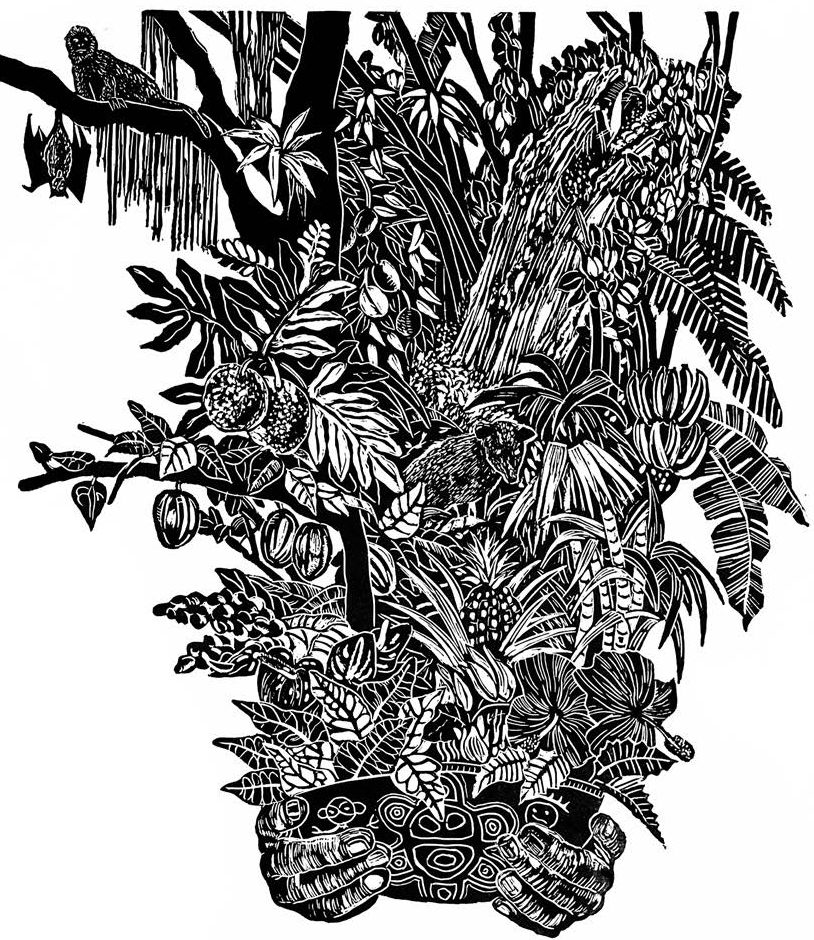Description
Join Lee for an informative and action packed introduction to the ideas and historical research behind his next book, Seeing is Believing.
The image that Europeans had of the Caribbean for the first four hundred years after the Spanish arrival there in 1492 was either from descriptions in the journals and publications of other European visitors or from the art of engravers, woodcut artists or painters, many of whom had never been there.
These images initially showed a region that was peopled with naked (and therefore primitive) and – even worse – cannibalistic savages. The images gave Catholic Spain and the Pope all the permission they needed to convert and enslave the people there.
This region of savagery and cannibalism morphed, during the long two hundred years of British chattel slavery, into a region that was seen as nearer to that of a pastoral idyll, a new world Arcadia, tamed and civilized by British strength. The art of the region showed few people; distant shadowy figures who could easily fit into a Constable landscape. When it did show people (of the four hundred thousand or so enslaved Africans), they were portrayed as beautifully attired, happy, well-fed people who were full of fun and music. The images supported the planters’ contentions that the enslaved were happy to be there. But was that all to the image?
This was four hundred years of art as deceit, propaganda, concealment and misdirection. It was art executed by willing artists, well paid by wealthy patrons, to hide rather than reveal; to see no evil – or at least to pretend as such – and show no evil. Seeing was believing, and what the people believed was deeply flawed.
Until Josiah Wedgwood found an image worth far more than a thousand words that outmaneuvered the art championed by the Royal Academy that had for so long imaged a lie.





